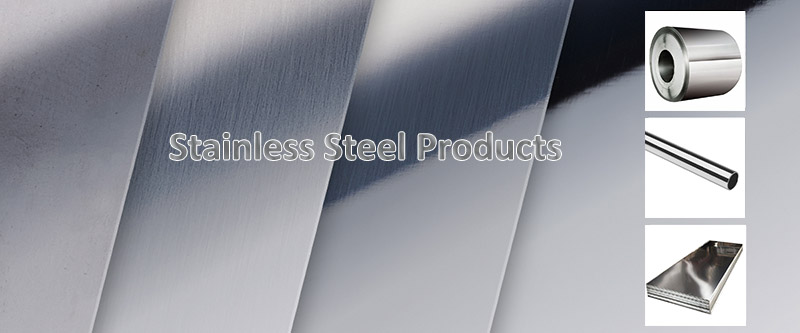
Stainless steel is a type of steel. Steel refers to steel containing less than 2% carbon (C) and iron is more than 2%. The addition of chromium (Cr), nickel (Ni), manganese (Mn), silicon (Si), titanium (Ti), molybdenum (Mo) and other alloying elements in the smelting process improves the properties of the steel and makes the steel resistant to corrosion. (that is, not rust) is the stainless steel we often say.
What is the meaning of "steel" and "iron", what are the characteristics, and what is the relationship between us, 304, 304L, 316, 316L, which we usually say, and what is the difference between them?
- Steel: A material containing iron as the main element and having a carbon content of generally less than 2% and containing other elements. ——GB/T 13304-91 "Steel Classification"
- Iron: a metal element, atomic number 26. Iron materials have strong ferromagnetism and good plasticity and thermal conductivity.
- Stainless steel: resistant to weak corrosive media such as air, steam, water or stainless steel. The commonly used steel grades are 304, 304L, 316, and 316L, which are 300 series steels of austenitic stainless steel.
why do stainless steel have different steel numbers?
In the process of smelting stainless steel, the amount of different alloys is different due to the different types of alloying elements. The characteristics are also different. In order to distinguish them, different steel grades are crowned. Below are the common decorative stainless steels. The steel alloy "alloy elements" content table is for reference only:
Chemical Composition of Different Steel Grades(mass fraction, %)
| Steel number | carbon | silicon | manganese | phosphorus | sulfur | chromium | nickel |
|---|---|---|---|---|---|---|---|
| 304 | ≤0.08 | ≤1.00 | ≤2.00 | ≤0.045 | ≤0.03 | 18-20 | 8-10 |
| 301 | ≤0.15 | ≤1.00 | ≤2.00 | ≤0.045 | ≤0.03 | 16-18 | 6-8 |
| 202 | ≤0.15 | ≤1.00 | 7.5-10 | ≤0.05 | ≤0.03 | 17-19 | 4-6 |
| 201 | ≤0.15 | ≤1.00 | 5.5-7.5 | ≤0.05 | ≤0.03 | 16-18 |
3.5-5.5 |
304 Stainless Steel Introduction
| 304 Stainless Steel | 304 stainless steel is the most common steel grade. As a widely used steel, it has good corrosion resistance, heat resistance, low temperature strength and mechanical properties. It has good hot workability such as stamping and bending, and no heat treatment hardening phenomenon (non-magnetic , the temperature is -196 ° C ~ 800 ° C). |
| Application: | |
|---|---|
| Household items (1, 2 types of tableware, cabinets, indoor pipelines, water heaters, boilers, bathtubs) | |
| Auto parts (windshield wipers, mufflers, molded products) | |
| Medical appliances, building materials, chemicals, food industry, agriculture, ship parts | |
304L Stainless Steel Introduction
| 304L Stainless Steel | As a low-carbon 304 steel, its corrosion resistance is similar to that of 304 under normal conditions, but it is excellent in resistance to intergranular corrosion after welding or after stress relief; it can be maintained well without heat treatment. Corrosion resistance, use temperature -196 ° C ~ 800 ° C. |
| Application: | |
|---|---|
| It is used in field open-air machines for chemical, coal, and petroleum industries with high resistance to intergranular corrosion, heat-resistant parts for building materials, and parts with difficult heat treatment. | |


